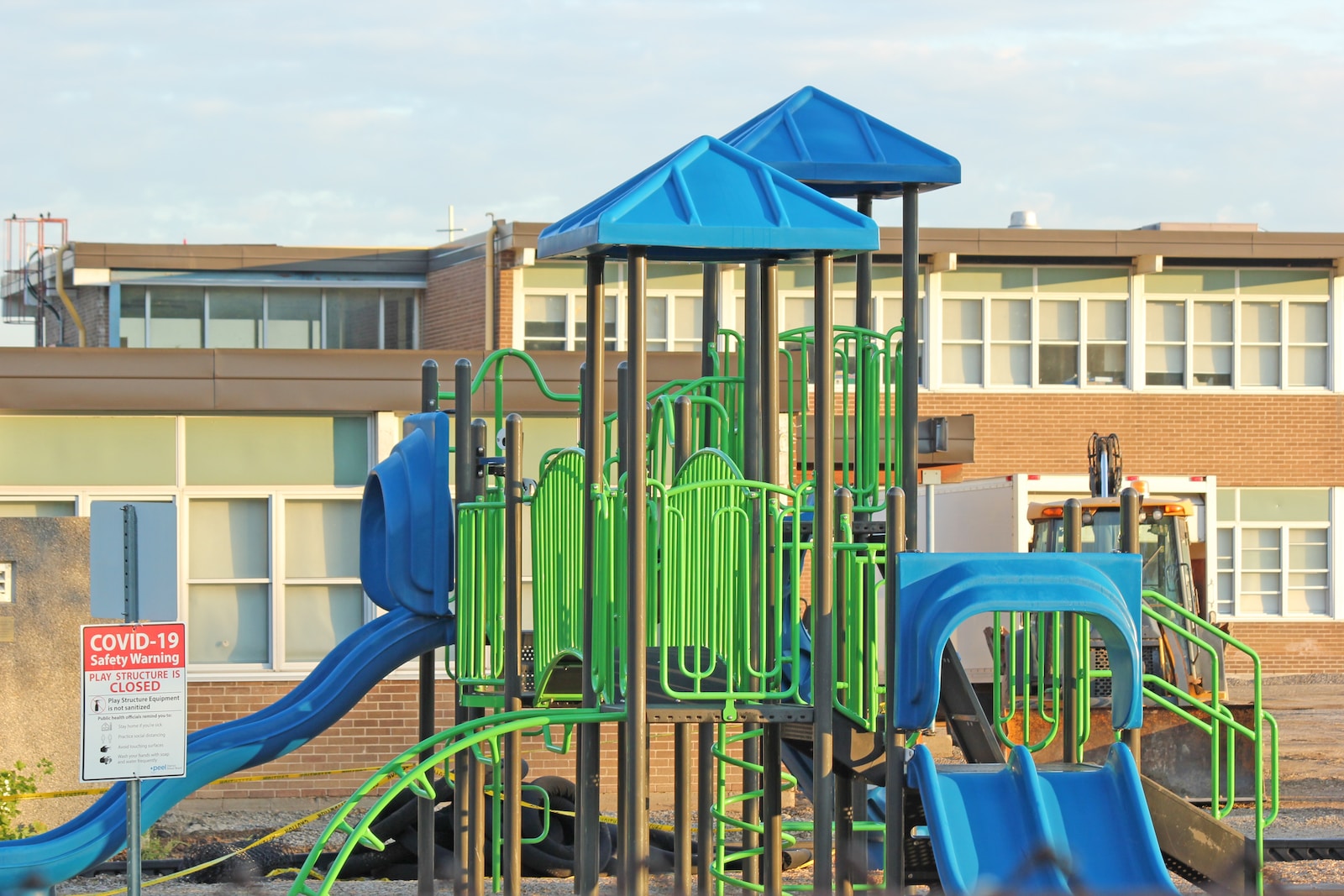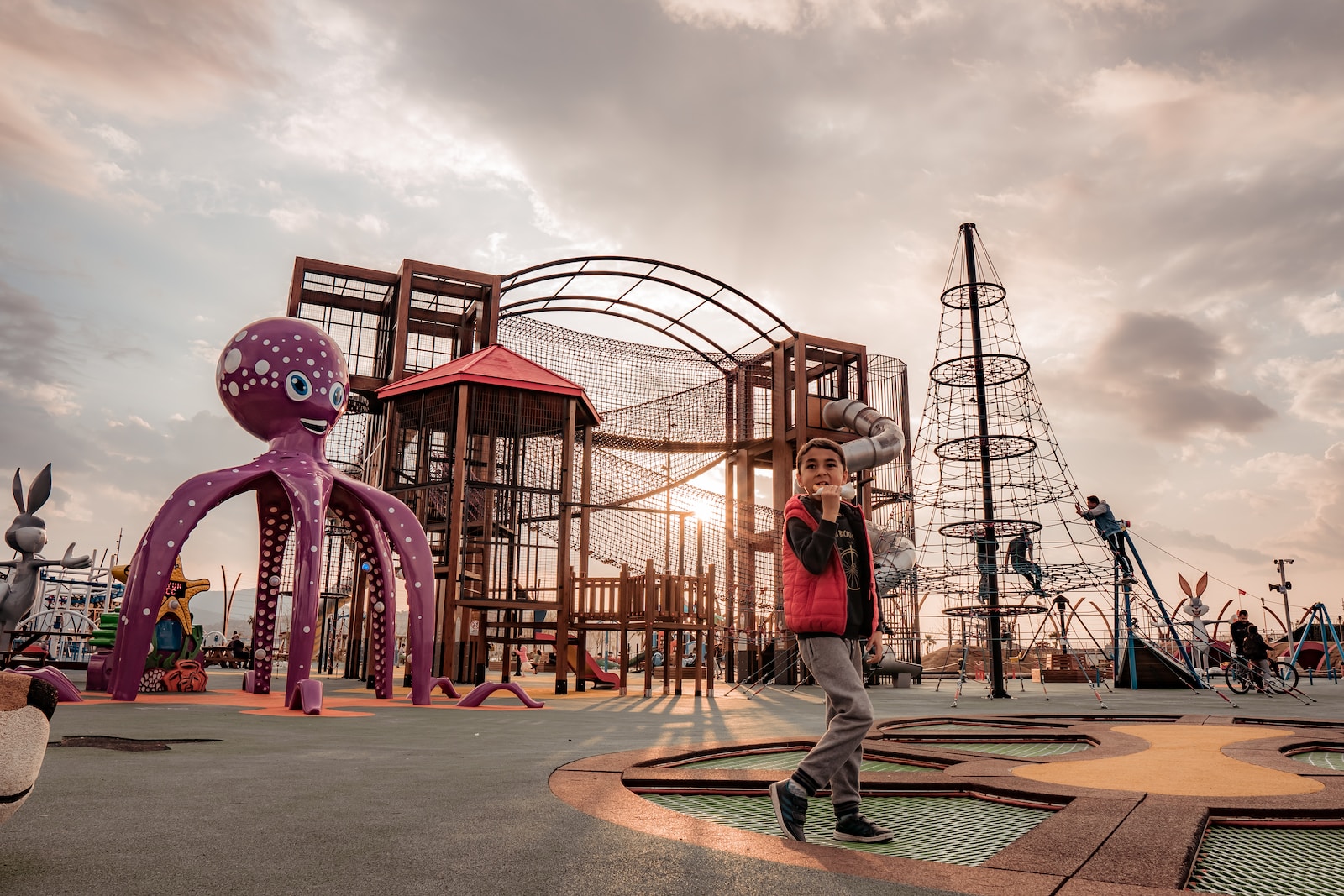Abstract
Background: This study investigated how different spaces within multigenerational local parks are being used by older people and other age groups.
Methods: Observation of park visitors occurred in six Victorian parks one month after park refurbishment. Parks were classified into six spaces based on equipment/amenities and associated expected activity. Observations were summarized descriptively, and negative binomial regression models were used to examine the association between visitor counts and classified targeted areas.
Results: A total of 12 501 people visited the parks with 4.1% older visitors. The number of older visitors in each park area was consistently less than other age groups, with counts of older visitors being 50% less in mixed spaces (95% confidence interval [CI] 0.38, 0.65), 40% less in adult exercise equipment areas (95% CI 0.46, 0.77) and 59% less in walking paths (95% CI 0.31, 0.55). The number of older visitors engaging in physical activity were significantly greater in walking paths (incidence rate ratios 1.75; 95% CI 1.16, 2.64) compared with children’s play spaces.
Conclusion: The number of visitors across different age groups varied significantly between the park targeted areas. Most spaces were mainly used by the intended target age group/user, with no particular area used by all age groups in similar proportions.
Journal: Journal of Public Health (Oxford Academic)
Year: 2024



